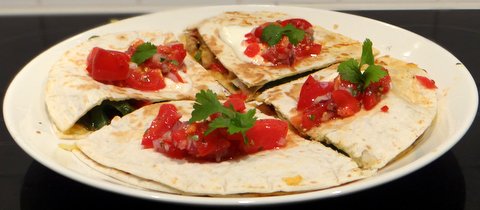Coq au Vin is a prime example of classic French cooking. It is a lot of work, but worth it. “Coq” is French for rooster, and in times when people still ate roosters they were old and thus so tough that they needed to be stewed in wine to make them edible. Nowadays most chicken only gets to live about 6 weeks, so it is not needed to cook it like that anymore. But the flavor of the classic dish is so good that people keep making it anyway. Those old roosters had a lot of flavor, so this dish will benefit from using an older chicken like the one I discovered recently.
I have looked at various recipes online, most of them in French, and noted that they are all very similar. Chicken is browned, covered in red wine and stock, and then stewed until tender. It is served with sautéed mushrooms and braised pearl onions. Since Julia Child has been very important for introducing French cuisine to America, I thought it would be nice to follow her recipe from Mastering the Art of French Cooking. She made some adaptations to ingredients available in America, for instance she cooks the chicken only for a short time (because young chickens don’t need that long) and she blanches the bacon before using it (I think this is because bacon in America was — or still is? — too salty).
I believe the key success factors for a good Coq au Vin are: the quality of the wine, the quality of the chicken, the quality of the chicken stock, and cooking the onions and mushrooms separately and only adding them at the end. This will allow the mushrooms and onions to keep their own flavor. If you’ve never made braised onions before, I bet you’ll like them so much that you will make them again. Braised onions are very tender, flavorful, and sweet, and very different from raw or sautéed onions. Continue reading “Coq au Vin”































